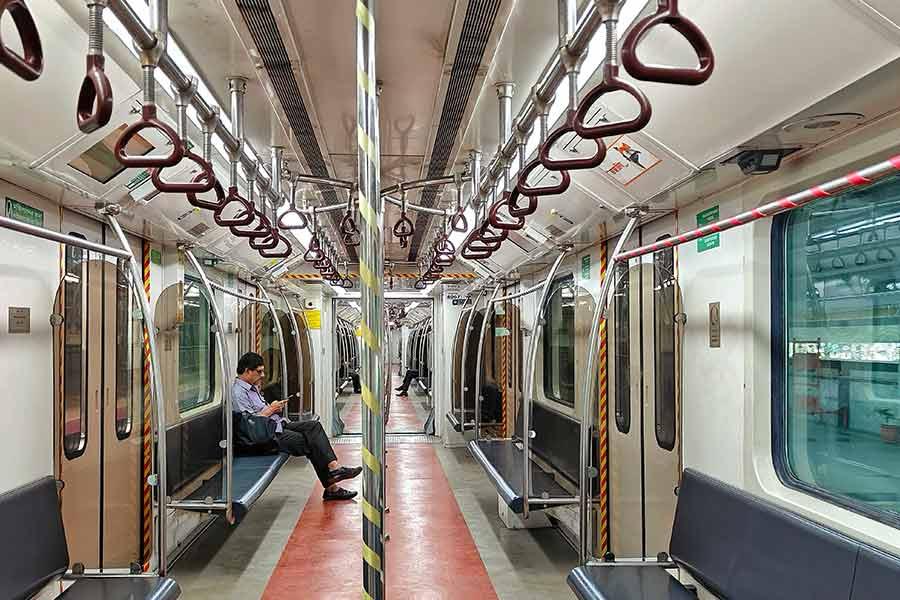 Image Source: Telegraph India
Image Source: Telegraph India
The much-anticipated Behala metro line, part of Kolkata Metro’s Purple Line, was envisioned to alleviate the city’s notorious traffic and bring swift, modern commutes to Behala’s bustling neighborhoods. However, more than two years since its launch, locals increasingly describe it as a glorified toy train—plagued by sparse ridership, operational limitations, and a persistent image of unreliability.
Key Highlights: Why Commuters Stay Away
The 8.6km Joka-Majherhat stretch, including seven stations, operates roughly 72 trains daily on weekdays, but the gap between trains—every 21 minutes—proves far less convenient than Behala’s ever-present buses and auto-rickshaws, which often arrive within minutes.
The first metro train departs at 8am, too late for most office-goers and students, who typically need to reach central Kolkata much earlier.
Several major neighborhoods such as Behala Thana, Parnasree, and Thakurpukur 3A lack direct metro stations, forcing passengers to make lengthy walks or use other means before accessing the service.
At many stations, traditional ticket counters remain closed, requiring passengers—especially the elderly or the inexperienced—to rely on vending machines or smartcards, further discouraging casual use.
Communication lapses have turned away would-be commuters. Several residents report arriving to find shuttered stations or services not running, with scant updates provided by authorities.
Reliability Issues and Route Gaps
Extremely limited weekend and early-morning services make the metro unfeasible for a large segment of daily travelers.
Incomplete network connectivity severely restricts utility; the stretch currently terminates at Majherhat, still about 10km from Esplanade, a major business and transit hub. The critical Majherhat–Esplanade segment isn’t expected to open until at least 2029.
The metro, for now, connects parts of Behala to Behala—offering limited use to those whose jobs, schools, or shopping needs are based elsewhere in the city.
Locals point out the abundance and reliability of alternative options. Ten buses and several autos typically pass by in the time users would have to wait for the metro, making the latter a poor substitute for most routine journeys.
Economic and Practical Aspects
Metro fares range from Rs 5–20, comparable to bus and auto fares—yet buses and autos offer greater route flexibility and save the time lost walking to and from inconveniently placed metro stations.
Many residents find the effort of accessing and waiting for the metro not justified by its limited coverage and inconsistent timings.
Local Sentiments and Future Outlook
The sense of unpredictability and inconvenience has led commuters to stick with tried-and-true bus and auto services, despite hopes that the metro would transform local transit.
Some residents express hope that property prices might rise once the full Purple Line is completed and direct connectivity to central Kolkata is achieved—a process still several years away.
For now, residents wryly note the occasional passing of near-empty metro trains as a “cinematic effect” but return to buses and autos for their real journeys.
Conclusion
The Behala metro line’s struggles reflect larger challenges facing public infrastructure in fast-growing Indian cities: incomplete routes, misalignment with daily commuter needs, and operational hiccups keep even advanced transit systems from fulfilling their promise. Until future extensions are realized and service reliability improves, the Purple Line risks remaining more a curiosity than a true commuter lifeline in Behala.
Sources: The Telegraph India, Times of India
Advertisement
Advertisement



